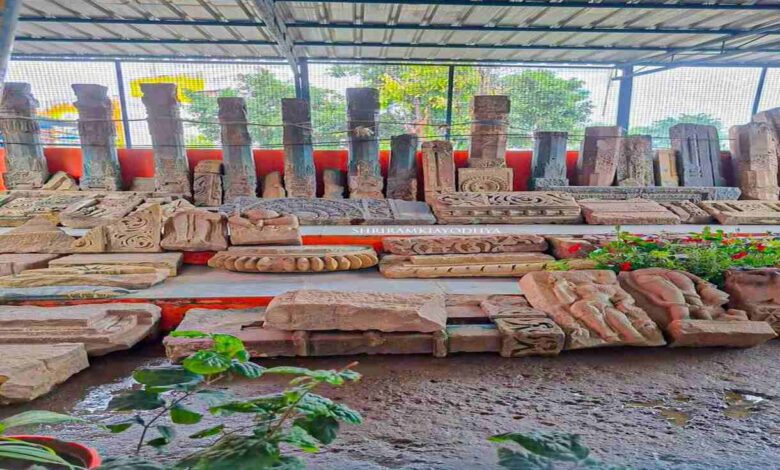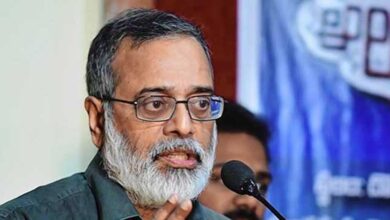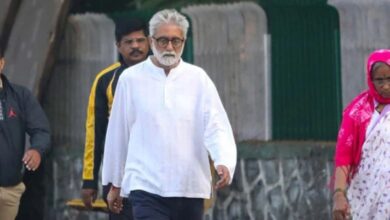Ayodhya’s Ram Janmabhoomi site reveals remains of ancient temple, confirms trust official
This recent discovery has boosted the historical significance of the site and ignited curiosity among the public.

Remains of an ancient temple have been discovered at the historic Ram Janmabhoomi site in Ayodhya, Uttar Pradesh, as reported by Champat Rai, the General Secretary of Shri Ram Janmabhoomi Teerth Kshetra.
Our excavation at Shri Ram Janmabhoomi, to everyone’s surprise, unveiled the remains of an ancient temple. We found numerous pillars and statues.
This discovery, shared in a post by Rai on X, has brought an unprecedented level of excitement and curiosity among followers and researchers alike.
Ancient Relics Found During Excavation
The remains excavated mainly comprise of ornate pillars and diverse idols. A striking image shared by Rai presented fragments of idols, meticulously sculpted from substantial stones, alongside pillars. This recent discovery has boosted the historical significance of the site and ignited curiosity among the public.
A Sneak Peek Into The Shri Ram Janmabhoomi Temple’s Construction
The official account of Shri Ram Janmbhoomi Teerth Kshetra previously shared glimpses of the first floor of the under-construction Ram Temple. Captions tagged along these visuals referred to it as “Shri Ram Janmabhoomi Mandir – First Floor”.
Noteworthy Inspections And Progress
On 19th August, Yogi Adityanath, the Chief Minister of Uttar Pradesh, paid a visit to survey the construction’s progress of the Ram Temple. Offering prayers to Lord Ram Lalla at the site, reaffirmed the ongoing development and spiritual significance of the site.
Ram Temple Construction: A Timeline
Following the Bhoomi puja conducted by Prime Minister Narendra Modi on 5 August 2020, the temple’s construction has been advancing at a swift pace. In February 2020, PM Modi had announced the establishment of the Shri Ram Janmbhoomi Teerth Kshetra to manage the temple construction.
Additionally, on 9th November 2019, a five-judge Supreme Court bench, led by then Chief Justice of India Ranjan Gogoi, resolved the prolonged dispute by granting the entire disputed land of 2.7 acres to a government-formed trust. This trust is now responsible for overseeing the temple’s construction on the site.
The archaeological vestiges unveiled during the construction process have not only provided valuable insights into the history of the site but have also enhanced the cultural resonance of this revered locale serving as a testament to its rich ancient past.
Please, also have a look ito : Special Force takes charge of protecting Ayodhya’s Ram Temple



